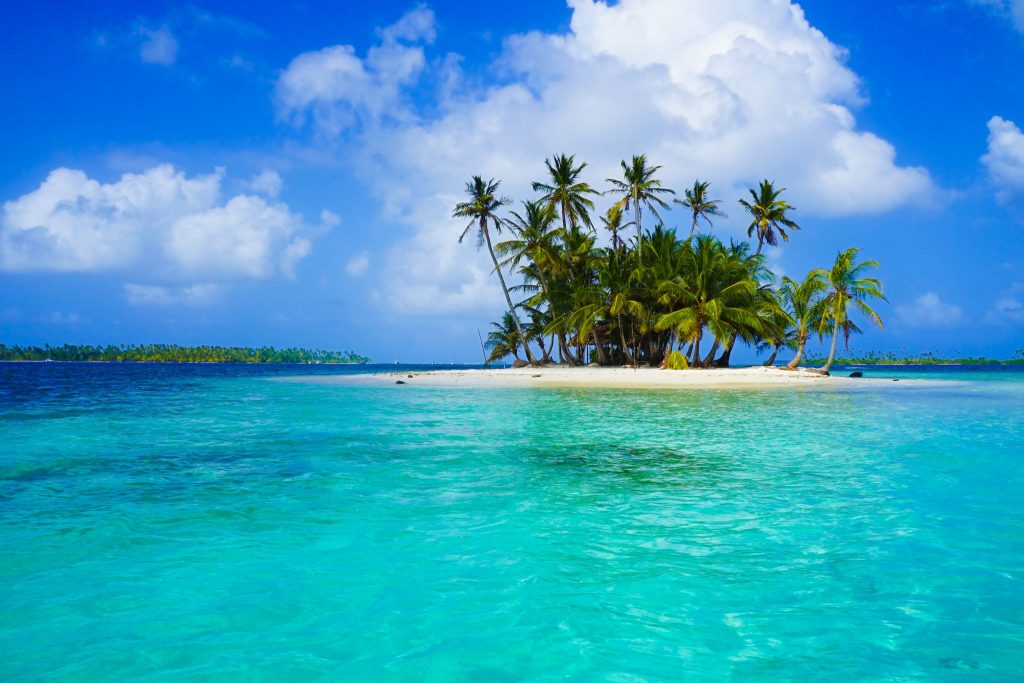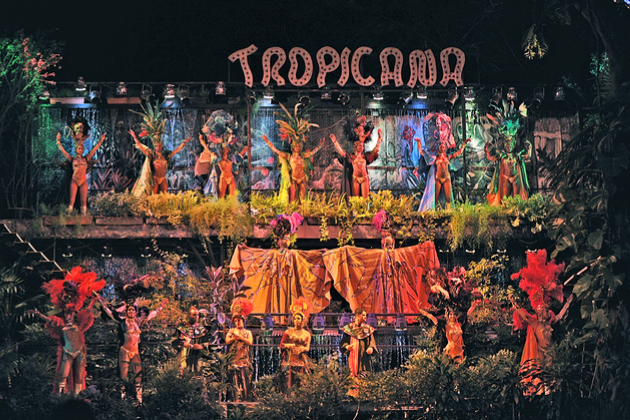Are There Casinos In Cuba
Answer 1 of 2: Just wondering if there are casinos in cuba and if so, are they located near the resorts? Cuba Tourism Cuba Hotels Cuba Bed and Breakfast Cuba Vacation Packages Flights to Cuba Cuba Restaurants Things to Do in Cuba Cuba Travel Forum Cuba Photos Cuba Map. There were the games of chances played in casinos, and the lottery run by the state. The plush casinos and gambling houses in Cuba during the era of Batista were run by some of the Syndicate boys from the United States, the ones who had been smart or lucky enough to escape death as gangsters during the Capone years in Chicago.
In order to keep this blog running this post contains affiliate links.
It is hard to believe that the Cuba we know now once was flourishing with nightclubs, casinos, cabarets, and bordellos, and was basically called the Las Vegas of the Caribbean. However, it is true that during the first half of the XX century the American mafia openly operated in Cuba, and even arranged their activities with the government of the island. Some say the goal of the mobsters was to take over the country, allowing them to take organized crime to a higher level.
The American mafia started its activities in Cuba as early as in the 1920s, during the American prohibition, when they would use Cuba as a base to for rum running and the smuggling of other alcoholic drinks. It was not until September 1933 when Meyer Lansky arrived in Cuba that things began to turn serious.
Meyer Lansky was a major American organized crime figure who quickly took control over Havana’s casino. Cuban historians claim that during Lanksy’s 1933 visit, his main goal was to meet the Cuban Armed Forces Chief Fulgencio Batista, who would later become President of the island, and offer him a 3-million-dollar bribe in exchange for support from the armed forces. He was successful, and so in 1940, after Batista became the President, the mafia in Cuba entered its “Golden years”.
LuckyLuciano is another important name among the Mafiosi that operated in Cubaduring the period. He was the one who reorganized the structure of Americanmafia in the ‘30s, when it started its activity in Cuba, thus, Lucky Lucianocontrolled all the actions of the emerging Cuban mafia. He also expanded themafia’s activity in Cuba from control over the island’s casinos, to making theisland a midway point in drug dealing routes, from where heroin could be safelytransferred to the US.
A major event in the history of Cuban mafia was the 1946 Havana Conference. Organized by Lucky Luciano, it was the second most important mob summit since the 1929 Atlantic City Conference. The Havana Conference was held in the Hotel Nacional, where the main figures of the American and Italian mafias discussed some important aspects of their activity, such as the policy against drug trade. This scene was famously featured in The Godfather:
The mafia continued to grow and by the 1950s the Mob came close to controlling the country. The chain of casinos and other recreational spots generated unbelievable sums of money, and the head of the government Fulgencio Batista complied with the mafia’s interests. However, the carefully built Havana Empire was destroyed in 1959 by Fidel Castro. After the Cuban Revolution, the new government closed all casinos and prohibited the actions of the mafia, which was forced to retreat.

The days of the Mafia in Cuba are long gone, but the many memories remain of the time when the country was a gambler’s paradise and organized crime flourished on the island. Many of the hotels, casinos and nightclubs associated with the Cuban mafia still operate in Cuba, and for those interested in Mob history there are tours that provide more information about the mafia in Cuba, including visits to these places
Hotel Nacional
This hotel, where Luciano and Lansky once stayed, and where the Havana conference was held, is one of the most important mafia spots in Havana. There even is a special room called the Salón de la Historia (History Hall), where life-sized murals of gangsters hang from the walls.
Hotel Sevilla
In 1939 the mafia took possession of this hotel and set its operational headquarters here. Now in the Roof Garden of the hotel is decorated with framed black-and-white photographs of the mobsters who once operated there.
Hotel Riviera
One of the best-known casinos during the mafia epoch, the hotel once was a major money source for the mafia. Although now no casino exists here anymore, it still has an important place in Mob history.
Hotel Havana Libre. It is another hotel which once featured a casino. No sign of such establishment exists in the hotel nowadays, but once it was an important spot for the Cuban mafia.

Cabaret Montmartre. A still existing nightclub in Havana was opened in the 1950s by the Cuban mafia. It is one of the few places where you can still feel the same spirit as there was when the Mob owned Cuba.
Cabaret Tropicana. One of the major tourist attractions in Cuba, it is another cabaret that was already popular during the Mafia Era in Cuba. Some of the mafia leaders are said to have frequented the place during the 1950s.
Does Cuba Have Casinos
See the world of Mobsters in Cuba

Photographer Basil Hyman discovered this trove of Cuban treasures in Paris, and it led him on a voyage of discovery to Havana’s rich past.
This lavishly illustrated book includes photographs, postcards, flyers, tickets and brochures, which conjure up the atmosphere of pre-revolutionary Cuba and some of those associated with it.
In order to keep this blog running this post contains affiliate links.
Chief Standing Bear seeks governor support for new development in Missouri
Contributions in 2016 of approximately US$77.7 million in gaming tax and admissions fee revenue to the local governments that host Missouri’s casinos, makes local authorities look favourably on new gaming developments in the state.
In the past few weeks, news has emerged about a potential casino being built in Cuba, Missouri by the Osage Nation, which is looking to use an exception that lies within the Indian Gaming Regulatory Act of 1988 that allows a tribe to buy land within their historical reservation boundaries and use it for gaming purposes. The Osage Nation’s historical reservation has been identified as the entire state of Missouri, meaning they could technically purchase land anywhere across the state.
Back in January, Chief Geoffrey Standing Bear revealed three possible sites for possible gaming locations in the Show-Me State. Those three locations were in Kimberling City, Cuba, and along the traffic route of Interstate 44. Cuba is a city where officials are receptive to the idea of a casino being built, and is also the spot where a 30-foot statue of Osage warriors is being built – with money from the city.
Last week, Dennis Roedemeier, president of the Cuba Development Group, told Tony Messenger of the St. Louis Post-Dispatch, that the city is interested in the possibility of a casino, but is reticent to confirm more as, “the governor has to bless this to move it forward.”
For some time, now, Chief Standing Bear and the Osage Nation have been working to try and gain the governor’s favour. Last December, Chief Standing Bear told the Gaming Enterprise Board about a US$50,000 donation made to the Committee for “A New Missouri, Inc.”, a non-profit supporting the governor’s agenda.
Casino In Cuba New York

Are There Casinos In Cuba Today
Chief Standing Bear told Messenger it was his way of trying to establish a good relationship with Eric Robert Greitens in the hope is that this will lead to the Governor’s blessing and a casino. The Osage nation chief said that when he asked Greitens if he would support a Native American casino in Missouri, the governor had said that he would, “if it was good for Missouri and good for the Osage.”
Is There A Casino In Cuba Ny
In Missouri, the industry has an economic impact of roughly US$3.3 billion, employs more than 20,000 people, and supports US$836 million in wages throughout the Show-Me State. In 2016, Missouri casinos contributed approximately US$324.1 million to the state’s Gaming Proceeds for Education Fund, which was established by the Missouri Legislature in 1993 to distributes money annually to state-wide education programs. (E-06.05.17)